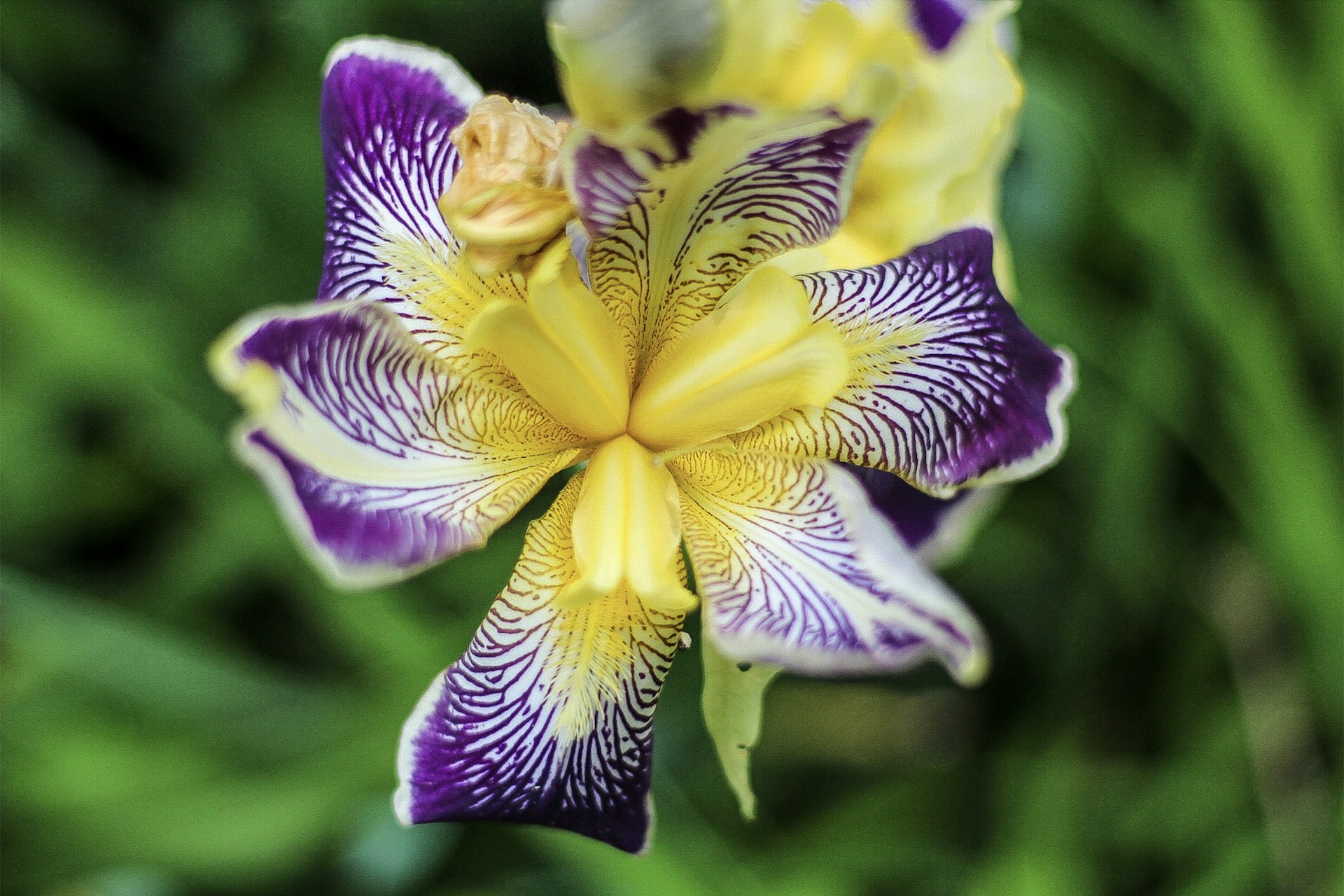Introduction
Hummingbirds are enchanting creatures, beautiful, agile and a fascinating addition to any garden. As any nature or garden enthusiast would tell you, encouraging hummingbirds into your garden is not just about aesthetic satisfaction, but also about helping to sustain these charming creatures that plays a vital role in our ecosystem. Understanding the hummingbirds’ habits, preferences, and their migration patterns acts as the key to creating a bird-friendly yard. And one of the most effective ways to attract these pollinators is by planting diverse, fast-growing flowers, ideally those native to your region – in this case, Connecticut. This paper aims to guide you in selecting the right type of flowers to attract hummingbirds to your garden.
Behavior Patterns of Hummingbirds in Connecticut
Understanding the key behaviors and migration patterns of hummingbirds located in Connecticut, such as the Rufous Hummingbird, Calliope Hummingbird, and Black-chinned Hummingbird is paramount to attracting these flying wonders. Out of these, the Rufous Hummingbird, known for its lengthy migration journey between Alaska and Mexico, often ventures east to Connecticut. These hummingbirds typically visit feeders by the end of September, after the departure of other species. Consequently, leaving feeders out after September could invite this unique species to your garden. However, birdfeeders can attract unwanted guests, like bears. Therefore, planting local native plants can act as an alternative to naturally attract hummingbirds without potential conflicts with other wildlife.
Fast Growing Flowers that Attract Hummingbirds
There are a variety of fast-growing native flowers in Connecticut that are known to attract hummingbirds, including:
- Wild Columbine (Aquilegia canadensis) – A shade-loving perennial, it blooms early season.
- Butterfly Milkweed (Asclepias tuberosa) – This full sun-loving perennial blooms mid to late season.
- Turtlehead (Chelone glabra) – This perennial does well in full sun to partial shade and blooms late season.
- Purple Coneflower (Echinacea purpurea) – It requires full sun and blooms in the mid-season.
- Blazing Star (Liatris spicata) – It thrives in full sun to partial shade and blooms in the mid-season.
Each of these native flowers has its own unique attractiveness to hummingbirds while being able to adapt well to Connecticut’s climate. However, one should also consider non-native flowers like the vibrant Morning Glories. Notably the Ipomoea purpurea species and its variants, like Grandpa Ott, which sports purple blooms that stay open until noon. Another variant, the Mexican Morning Glory or I. coccinea, has smaller flowers but is equally attractive.
The pros and cons of non-native hummingbird-attracting flowers, especially their nutritive value for hummingbirds, should be taken into account. While some non-native or altered flowers might attract hummingbirds, they may not provide the necessary nutrition that the hummingbirds need. As such, always lean towards native species as much as possible.
The effects of Connecticut’s climate on flower bloom times is worth considering as well. Plant species that have adjusted their flowering times in response to climate changes would then be suitable for attracting hummingbirds in the state.
Long-Term Planting Projects and Additional Considerations
While fast-growing flowers are great for instant attraction, some gardeners might prefer a longer-term project. Certain plants like Trumpet Vines and Rhododendrons, which grow relatively large, can be cultivated for long-term satisfaction. As for the southern part of Connecticut, the coastal environment might favor certain plants more.
You can also consider planting ideal companion plants that attract hummingbirds in Connecticut. For instance, Bee Balm, Columbine, Lupine, Red Cardinal Flower, Zinnia, Butterfly Bush, Fuchsia, Rhododendron, and Trumpet Vine make a comprehensive list of companion plants.
However, take note of the potential challenges in maintaining a hummingbird-attracting garden. Be it the threat of climate change like habitat destruction and the spread of invasive species or the constant care and observation needed from the gardener’s side, maintaining such a garden requires dedication and commitment.
Conclusion
Creating a hummingbird-friendly garden in Connecticut can be a delightful journey for an outdoor and nature enthusiast. By understanding the key behaviors of hummingbirds in Connecticut and selecting the right type of fast-growing flowers – native or otherwise – one can not just beautify their backyard but also contribute positively towards the well-being of these amazing creatures. The allure of hummingbirds along with their ecological importance calls for a keen focus on developing hummingbird-attractive gardens. So, here is a call to all gardeners to plant more and nurture more, ensuring a vibrant life for ourselves and our hummingbirds.

